Are you curious about whether or not wasabi peas are gluten free? Well, the answer might surprise you.
Many popular brands of wasabi peas actually contain gluten due to the use of wheat flour. But don’t worry; there are gluten free alternatives available if you’re looking to enjoy this crunchy and spicy snack without any worries.
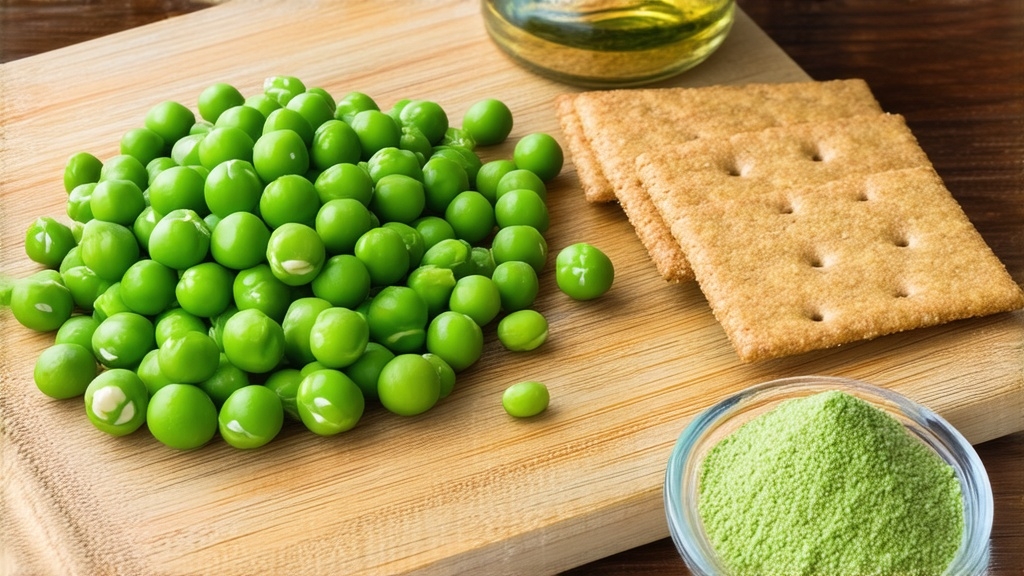

In this article, we’ll explore the ingredients in wasabi peas, discuss the properties of gluten free foods, and provide safe consumption practices for those who are sensitive to gluten.
So, let’s discover if wasabi peas can be a part of your gluten free diet.
Key Takeaways
- Many popular brands of wasabi peas contain gluten due to the use of wheat flour.
- There are gluten free alternatives available for those who need to avoid gluten.
- It is important to read ingredient lists to ensure the product is gluten free.
- One gluten free alternative to wasabi peas is Harvest Snaps Wasabi Ranch Green Pea Snack Crisps.
Are Wasabi Peas Gluten Free?
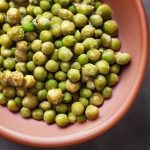
Are wasabi peas gluten-freew? Many popular brands of wasabi peas contain gluten because they use wheat flour. It is important to carefully read the ingredient lists of different products to ensure that they do not contain any sources of gluten.
To determine if a particular brand or product is gluten free, it is recommended that you check the labels for any explicit claims about being gluten free. Additionally, look for any potential cross-contamination issues that may arise during manufacturing processes.
People with celiac disease or gluten sensitivity can experience adverse reactions even from trace amounts of gluten in their food. So, it’s crucial to be cautious and opt for certified gluten free options when enjoying wasabi peas. One example of a gluten free alternative to traditional wasabi peas is Harvest Snaps Wasabi Ranch Green Pea Snack Crisps.
Understanding Gluten Free Properties

Understanding the properties of gluten free ingredients can help determine if a product is suitable for those with dietary restrictions. Here are some key points to help you enjoy and understand this topic:
- Gluten free ingredients: Gluten is a protein found in wheat, barley, and rye. Gluten-free products use alternative grains like rice, corn, or quinoa.
- Importance of gluten free certification: Look for products with gluten free certification labels. These indicate that the product has undergone testing and meets strict standards for gluten content.
- Research on wasabi peas: While many popular brands of wasabi peas contain gluten due to the use of wheat flour, there are gluten free alternatives available. It’s crucial to check ingredient lists and look for certified gluten free options.
- Cross-contamination risks: Even if a product is labeled as gluten free, cross-contamination can occur during manufacturing processes. If you have celiac disease or severe gluten sensitivity, be cautious about potential cross-contamination risks.
- Gluten sensitivity vs. celiac disease: Understanding the difference between these conditions is important. Celiac disease requires strict avoidance of even trace amounts of gluten, while those with non-celiac gluten sensitivity may tolerate small amounts without experiencing adverse effects.
Keep in mind that consulting with a food science specialist or registered dietitian is highly recommended. They can provide personalized advice about your specific dietary requirements. They can provide reliable information backed by scientific evidence. This is especially valuable when it comes to making informed choices, such as enjoying snacks like wasabi peas on a gluten free diet.
How Much is Gluten Content in Wasabi Peas?
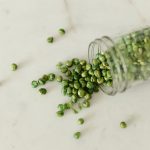
Understanding the gluten content in wasabi peas is vital, especially for those with celiac disease or gluten sensitivities. The level of gluten in these snacks varies depending on the brand and their production process. Many traditional wasabi peas include wheat flour, a gluten source, in their ingredients. However, some brands offer gluten free alternatives by using non-gluten flours like rice or corn.
To determine the gluten content in a specific product, carefully examine the ingredient label, as manufacturers are required to clearly list allergens like wheat. You can also reach out to the manufacturer directly or visit their website for detailed ingredient and gluten free certification information.
For those who must avoid gluten, choosing certified gluten free wasabi peas is a reliable way to enjoy this spicy snack without concerns. Always prioritize caution and thoroughness when managing gluten-related dietary needs.
Examining the Ingredients of Wasabi Peas

Examining the ingredients in wasabi peas is crucial for health-conscious consumers and those with dietary restrictions. These popular snacks typically consist of a few key components.
Firstly, you’ll find green peas as the main ingredient, satisfying the crunch. The notable zing and heat associated with wasabi peas come from wasabi powder, a horseradish and mustard blend.
Soy sauce is another common ingredient, adding a savory and salty element to the flavor profile. To bind these components and create the signature coating, oil, usually a vegetable or canola oil, is used. Some brands may include sugar or additional seasonings to enhance taste.
For those with specific dietary concerns read the ingredient list diligently, as some varieties may contain gluten or other allergens. By understanding the ingredients in wasabi peas, consumers can make informed choices that align with their dietary preferences and restrictions.
Safe Consumption Practices for Gluten-Sensitive People

To safely enjoy wasabi peas as someone with gluten sensitivity, make sure to read the ingredient labels carefully and select products explicitly labeled as suitable for your dietary needs.
Here are some tips to help you enjoy wasabi peas while staying gluten free:
- Read the ingredient labels: Look for products that clearly state ‘gluten free’ on the packaging. Avoid products that contain wheat flour or other potential sources of gluten.
- Choose trusted brands: Stick to reputable brands with a good record of producing gluten free snacks. You can wasaresearch online or ask for recommendations from others who follow a gluten free diet.
- Check for cross-contamination risks: Even if a product doesn’t include gluten ingredients, there’s still a potential for cross-contamination during manufacturing. Check if the product is manufactured in a dedicated gluten free facility or if there are precautions in place to prevent cross-contamination.
Remember, it’s always best to consult with a registered dietitian or healthcare professional if you have any concerns about your dietary needs. They can provide personalized advice based on your specific situation and help ensure you make safe food choices.


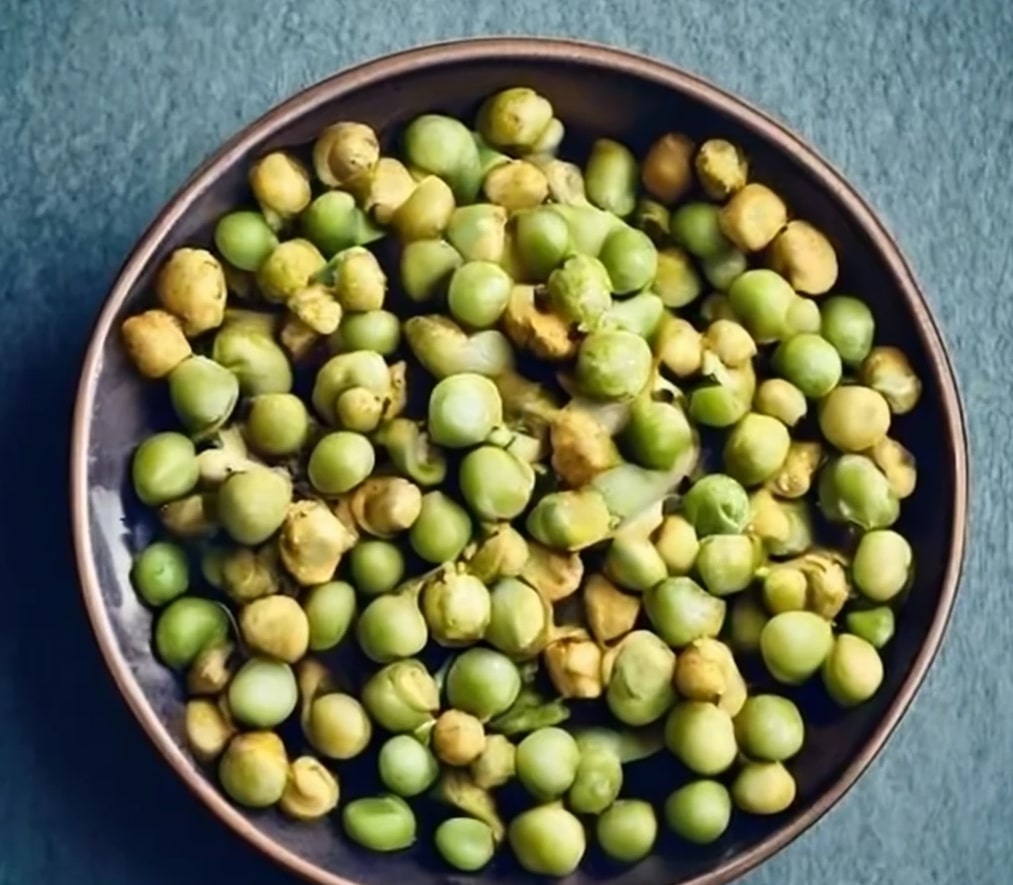


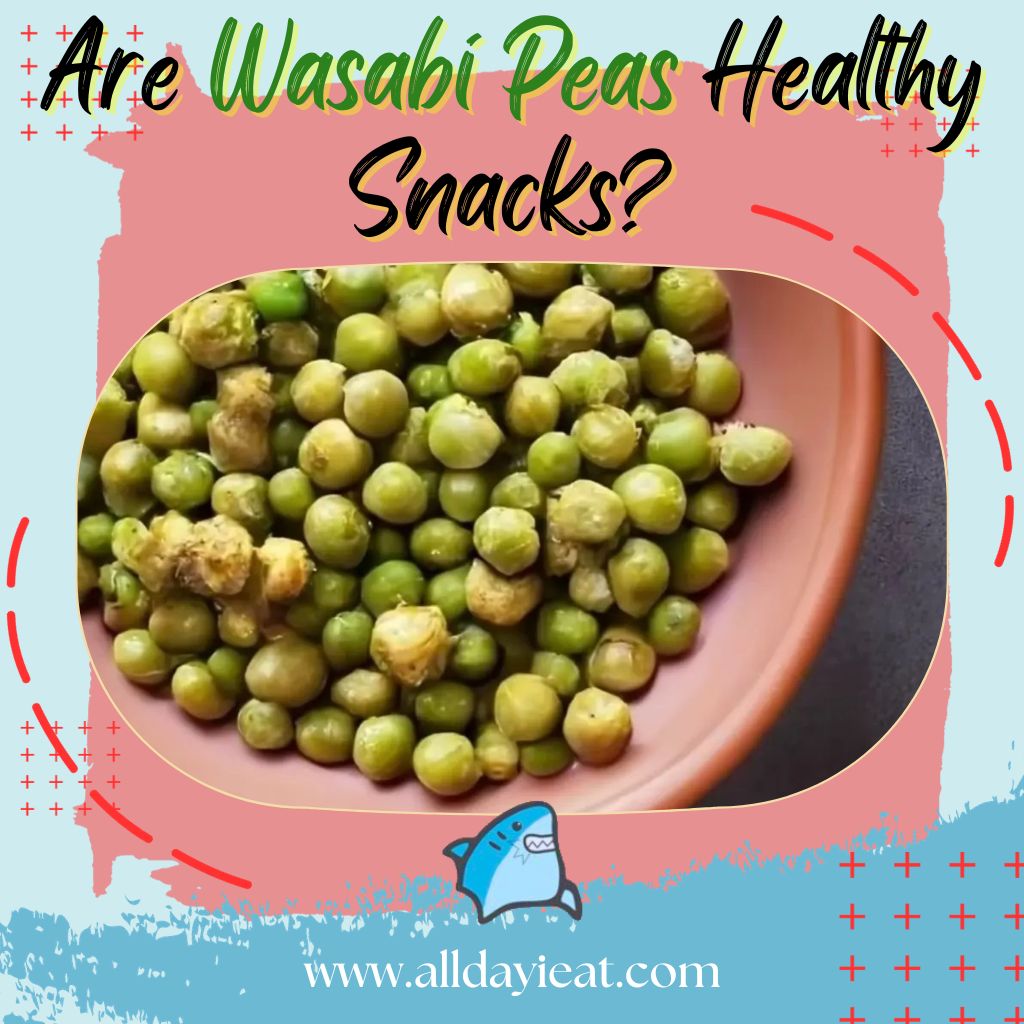
Konnichiwa! (Hello!) I'm Pat Tokuyama, a Japanese tofu cookbook author, who travels for music, food, and adventure. If you like Japanese tea, checkout some of the newestorganic japanese tea, matcha bowls and noren and more!
** Curious about the Plant Based Japanese Cooking Club? ** Learn more here!